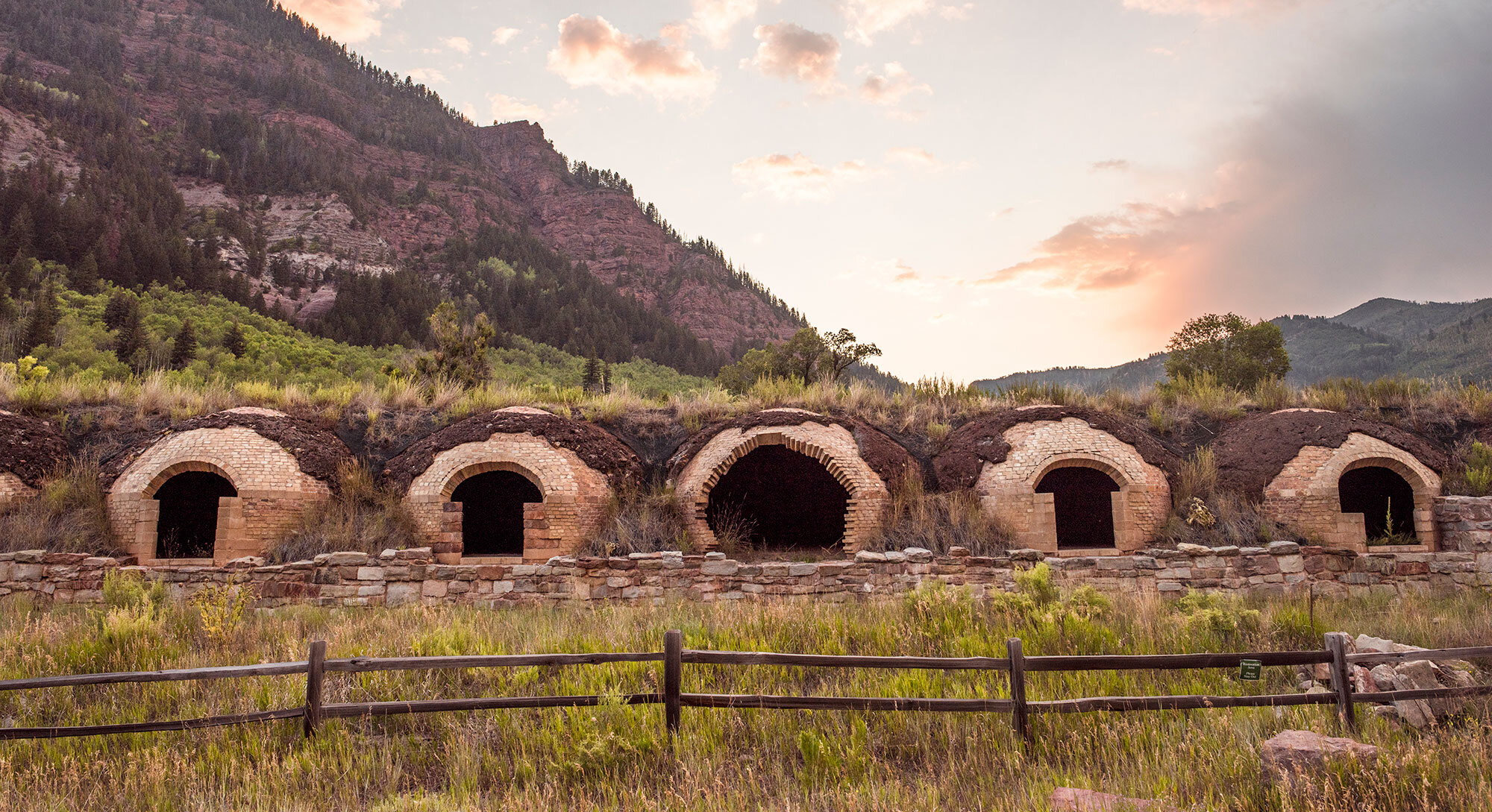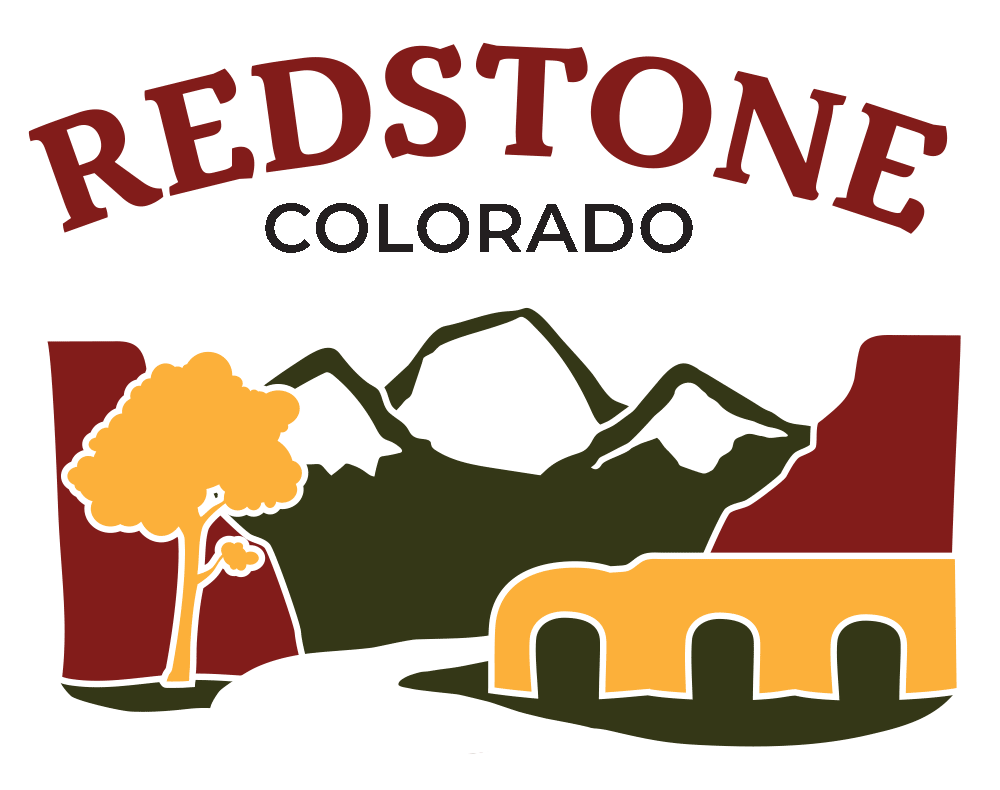
History: From the Utes to Coal Mining to Art
History
Discover the rich story of Redstone. We are more than just another beautiful mountain town.
Want More History?
Visit the Redstone Historical Society Website.
The Rich Tale of Redstone
The history of Redstone is an incredible and fascinating tale. Redstone has a coal mining past but that’s not our only story.
The first residents of the Crystal Valley were the Ute Tribe. The Ute were hunter-gatherers and used this area as their summer hunting grounds. They were pushed out in 1881 to reservations in southwest Colorado as more and more “white men” were coming to the Crystal Valley by foot and by horse.
The “white men” that first came to Redstone and the Crystal River Valley sought gold, silver, and valuable minerals such as coal and marble. By the mid-1880s, the Crystal River Toll Company had built a road along the river toward Redstone. It would eventually go to Marble but not until 1907. The current-day Colorado State Highway 133 wasn’t paved until the mid-1950s.
Miners of Coal Basin - image courtesy of the Redstone Historical Society
Redstone circa 1920 - image courtesy of the Redstone Historical Society
During this time Midwestern financier and founder of the CF&I Steel Corporation, J. C. Osgood, purchased large bodies of coal lands and potential marble quarries in the southern part of the valley. These claims forged the way for the creation of a railway from Carbondale to Redstone to Placita and also to the mining town of Coal Basin.
John Cleveland Osgood was the sixth richest and most private of the elite industrialists known as the Robber Barons. Nicknamed the “Fuel King of the West”, he built Redstone to give substance to his business ideas – a perplexing mix of feudalism, capitalism, and industrial paternalism thus, “welfare capitalism” was born.
Great Room of the Redstone Castle - image courtesy of the Redstone Historical Society
Game Room of the Redstone Castle - image courtesy of the Redstone Historical Society
He built Redstone as a utopian coal town with a lavish 22,000 sq ft 66-room Tudor-style castle and grounds overlooking the Crystal River. This planned community included the Redstone Inn for the bachelor cokers (coke oven workers), 88 cottages for the cokers with families; a Club House with a theater, a library, a lodge, a community garden, and stables. There was also a school. Each family had a garden and a cow. Workers were required to bathe before entering town. There were no brothels, and alcohol was only served in the Club House. It was completed in 1902 at a cost of almost 3 million dollars.
The terrace of the Redstone Castle
Railroads entering Redstone in 1901.
Osgood’s coal mines closed in 1909. He left Redstone to later return in 1924 with his third wife Lucille to redevelop Redstone into a resort. Unfortunately, he died before its completion and the Great Depression devastated the attempt. By 1941, only 14 people lived in Redstone.
Painting by Jack Roberts of the village of Redstone and coal trains - image courtesy of Redstone Historical Society
Painting by Frank Mechau - image courtesy of Redstone Historical Society
In 1902, The New York Times called Redstone “The Ruby of the Rockies” not just for the stunning surroundings but for the grand buildings and “cutting edge” workmanship demonstrated throughout the village. Artists have been drawn to this valley for its beauty since then and it still inspires them today. Several well-known artists have called Redstone home including Frank Mechau, Ben Turner, Jack Roberts, Tony Antonides, and Eric Johnson.
The outstanding and spectacular scenery of the Crystal River Valley has saved Redstone from becoming another abandoned mining town.












